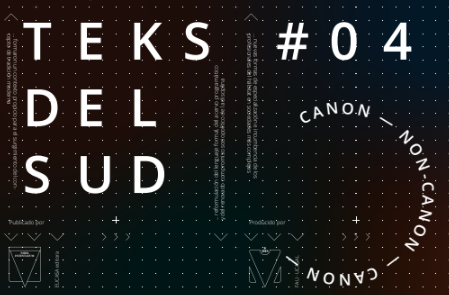The School of the Desert
Pedagogy and Modern Project at the Catholic University of the North School of Architecture
Abstract
The School of Architecture of the Universidad Católica del Norte represents one of the most original experiences of teaching and learning architecture in Chile and Latin America.
Firstly, because of its location, being located in one of the driest deserts in the world, facing the Pacific Ocean and in the area of the northern macrozone where four different landscapes converge: the highlands, the pampas, the Andes mountain range and the desert, and four nations, Peru, Bolivia, Argentina and Chile.
Secondly, for having collected the postulates of three different schools, making them converge in a vision on how to inhabit the cities of northern Chile and the Atacama desert. This is how the teaching of architecture, in the Escuela del Desierto, includes architectural observation, the poetic gaze and the journey of discovery of the School of Architecture of the Catholic University of Valparaíso (Angelini, 2016), founded by Alberto Cruz Covarrubias and the Amereida group; a technical and professional look, coming from the University of Chile, linked to environmental aspects; and third, a compositional look, an inheritance from the School of Architecture of the Catholic University of Santiago brought by Angela Schweitzer. This observation is explicit in the founding document of the school: “The option of building a heritage by merging the experience of the Chilean Schools of Architecture, examining the models at their disposal as a possibility of extracting parts or all of them, which allow them to structure themselves to be and create in this desert in which they are rooted” (Schweitzer, 1982). Fusion of schools where “the experimental nature derived from this circumstance” becomes its original and identity character.
Another distinctive feature of the Escuela del Desierto is the decision to return to the architectural thought of modernity, that is, of abstraction, placing it in the context of the Great North, delimiting its scope of reflection and study in it. A territory that has a heritage linked to mining, nitrate offices, infrastructures, in addition to having an archaeological heritage of Inca and pre-Inca settlements, and characterized by a landscape of incomparable beauty, with its own climatic conditions.
These pre-existences made it possible for the school, through architectural observation and project exploration, to combine exploratory project exercises, called fields of abstraction, with the discovery of the desert territory, its environment and its own climatic condition. This method used in the teaching of architecture allows embodying the idea of appropriate modernity (Fernández Cox, 1990), which is formalized through the projects and works of the school, placing it within critical regionalism (Frampton, 1983).
Downloads
Copyright (c) 2022 Augusto Angelini

This work is licensed under a Creative Commons Attribution-NonCommercial-ShareAlike 4.0 International License.







